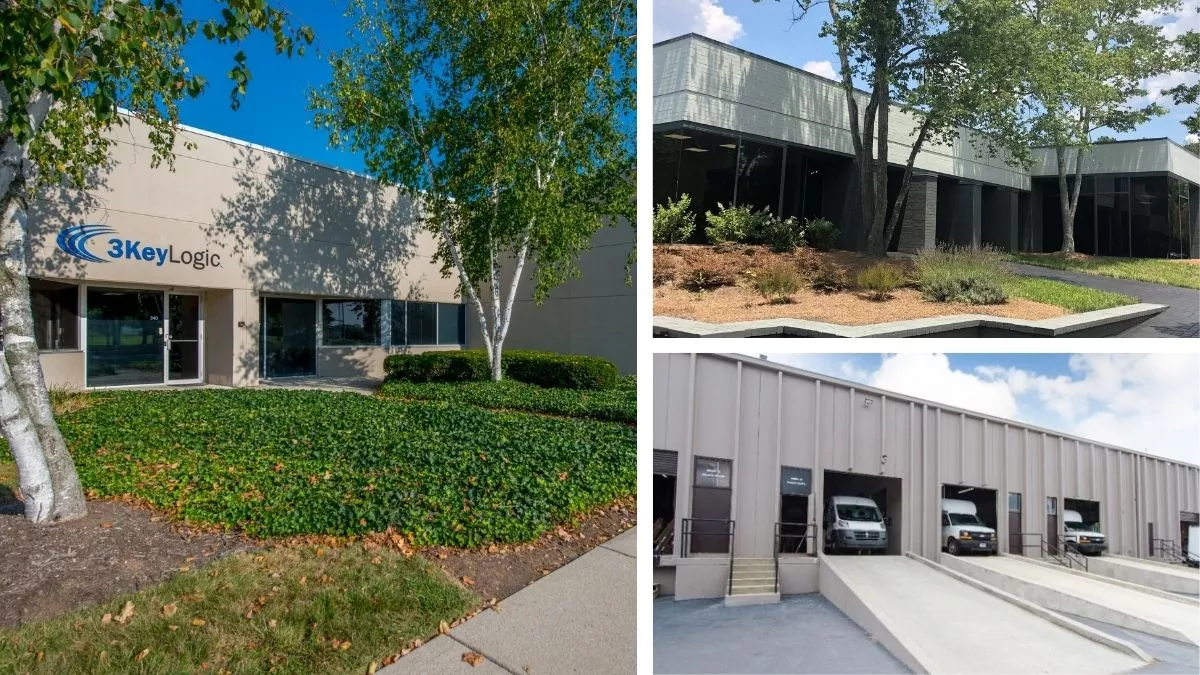
Industrial warehouse space, once a dud in real estate, is now closing in on prom queen status, as more retail goes online and as the housing market recovers.
“Amazon is at the forefront of a larger trend that has seen demand for well-located logistics centers, very close to major urban centers increase sharply,” said Sam Chandan of Chandan Economics. “It’s some of the best performing space that we see in commercial real estate right now, across all property types.”
Warehouses are the strongest prospect for both investment and development in 2014, according to the latest PWC Investor Survey. Two thirds of respondents deemed warehouses a “buy.”
“That’s the highest of all the real estate food groups,” said PWC partner Mitch Roschelle. “The online retailers have struggled to figure out how to get the goods closer and closer and closer to where the people live.”
As Amazon starts moving its products closer to its customers, others will likely follow suit, meaning more need for those smaller distribution centers that are closer to major metropolitan areas.
“They [Amazon] are probably the most creative and forward-looking people in this space, and seeing this type of thing doesn’t surprise me,” said Jack Cuneo, CEO of Chambers Street Properties. “It’s a great model, so you’re going to see more people emulating what they do and more need on their part for space.”
Chambers Street, a real estate investment trust based in Princeton, N.J., owns six Amazon fulfillment centers, three in the United States and three overseas. While these are larger properties, Cuneo says a system like Amazon is proposing might move the retailer out of some of the larger facilities and into smaller ones.
That is already happening with smaller retailers. The warehouse industry can thank them for much of its recovery.
“It started with big box retailers, but in the last several quarters we’re seeing growing demand from the smaller businesses as well,” said Frank Cohen, senior managing director in Blackstone’s Real Estate Group. Cohen is responsible for Blackstone’s industrial venture investments, which include over 45 million square feet of facilities across the U.S.
“Small mom and pops are getting into the e-commerce game now as well,” added Cohen, who says he looks for well-located properties and, “appropriate spaces.”
As demand and rents increase, it should come as no surprise that warehouse development is on the rise as well, especially speculative construction. About 62 percent of the 59 million square feet under construction at the end of the third quarter of 2013 was being built without signed tenants, according to a report from CoStar, a commercial real estate data firm.
While it might seem like a better play to buy older, distressed warehouses, that is not where investors are heading. Today’s modern distribution systems require state-of-the-art facilities. That is why new product is in the highest demand.
“There will be more warehouse development because it’s the easiest and quickest to build, and there’s a tremendous amount of obsolescence in warehouse,” said Roschelle. “You need a robotic kind of model.”
Bigger warehouses may actually be moving out of favor, as retailers continue their quest to expedite deliveries. Amazon tends to build big warehouses, further away from populated areas.
“When you lease to bigger tenants, there is a lot of risk if those tenants don’t renew,” said Alexander Goldfarb, a commercial REIT analyst at Sandler O’Neill. “As a landlord, you’d rather deal with smaller tenants, where there is more negotiating power.”
While Amazon has the scale to build its own space, they also sign some very big leases, and they are not alone.
“Demand for logistics is growing faster than for other types of space because online retail sales are outperforming bricks-and-mortar in so many product categories,” said Chandan. “Proximity to the customer and speed of delivery are a big part of the competitive equation for online retailers.”
All this recovery and demand in the warehouse sector is coming despite a still-weak housing recovery, but as builders and home improvement specialists come back to the market, they will only add fuel to the fire, needing more space to store their tile, pipes and lumber. California is already seeing it.
This new shift to close-in markets will mean higher costs for land and construction. Developers will now be in competition with office and brick-and-mortar retailers, but given the potential rewards in the new age of e-commerce, they are unlikely to back away.